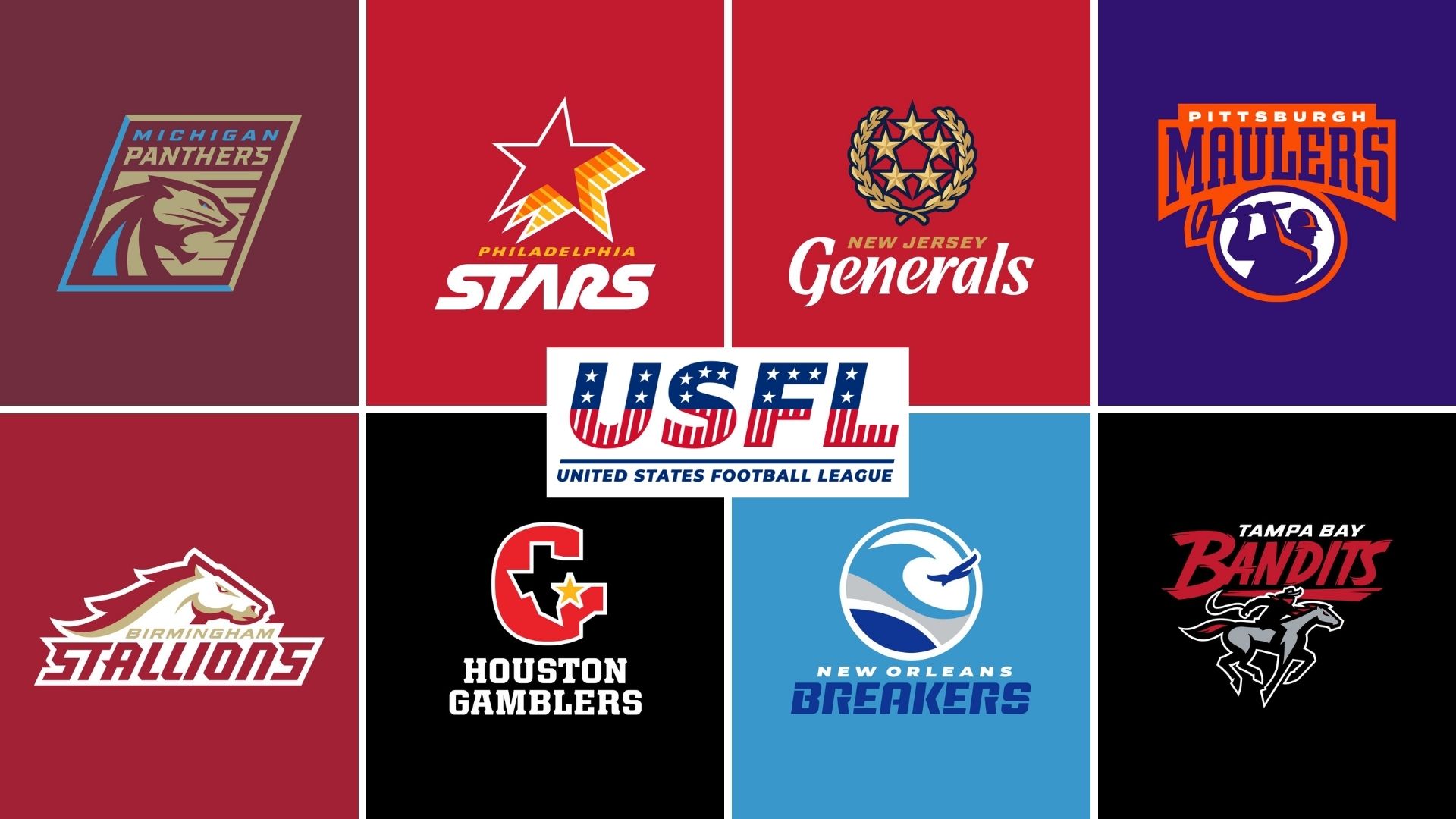USFL Kickoff: The USFL Is Back and Wired for Sound
Games will feature 32 player microphones, real-time listen-in to on-field rulings
Story Highlights
It’s springtime: flowers are blooming, bees are buzzing. And that means it’s time for football. The USFL, that is. Eight teams in the newly revived USFL are split into the North and South divisions. The 2022 USFL regular season begins April 16 and runs through mid June, followed by the playoffs. To some, the USFL is a peek into an alternative future reality for the NFL — particularly in its use of audio.
“It’ll be very aggressive,” says Joe Carpenter, A1 and sound designer for Fox Sports’ coverage of the USFL games. The network owns the league and has reportedly committed as much as $150 million over three years to its operations.
A Lot of Microphones
Plans call for 32 player microphones per game, 16 per team, as well as more mics on coaches, offensive and defensive coordinators (captured through their intercom partylines), and a separate channel to listen in on officials’ debate about on-field rulings. There will be yet another channel on the PLs that can be switched to for interviews with coaches during the game.
“We’re trying to eliminate that lag time of waiting and anticipating when they’re officiating a call,” Carpenter says of monitoring the rules process live. “We’re actually going to listen in to what they’re talking about and have Mike Pereira [Fox Sports’ analyst for NFL and college football rules and now the league’s head of officiating] weigh in live on the ruling. Since Fox owns the league, we’ve got full access to everything. We’re going to find out week one, but I think it’s just a matter of how much do you want to hear and how, how much do you want the announcer to talk about it. I think [we] can provide enough audio content with all of these sources that it could live on its own; it could play out and tell the story itself, just through the audio. So we have to strike a balance.”
Although the USFL is not an official testing ground for specific audio innovations, it is a demonstration of some for possible inclusion in football-season broadcasts, Carpenter believes: “It can be a platform to prove what can be done.”
A Lot of Directions for Audio To Go
He will have his hands full. Although all the games will be aired on Fox Sports, NBC Sports has signed on to carry 21 of the USFL’s Saturday and Sunday games. The inaugural package comprises 17 games on linear TV — eight airings on the flagship NBC broadcast network, nine on the revamped USA Network — and four matchups streamed on Peacock. Each team will play a 10-game schedule: teams in the same division play each other twice and teams in the other division once. The season culminates in the championship game in July played at Tom Benson Hall of Fame Stadium in Canton, OH.
 The April 16 season opener between the Birmingham Stallions and the New Jersey Generals at the new Protective Stadium in Birmingham, AL, will be nationally televised by Fox, NBC, and Peacock. Resources will be shared among Birmingham; NBC’s Stamford, CT, facility; and Fox’s Pico facility in Los Angeles.
The April 16 season opener between the Birmingham Stallions and the New Jersey Generals at the new Protective Stadium in Birmingham, AL, will be nationally televised by Fox, NBC, and Peacock. Resources will be shared among Birmingham; NBC’s Stamford, CT, facility; and Fox’s Pico facility in Los Angeles.
“The sheer volume of the audio signals’ transmission is massive, to say the least,” Carpenter explains. “I think we’re up to 180 channels or so of just microphones and PLs and radios.”
At NBC Sports headquarters in Stamford, the broadcaster will take all mics and stems onsite and create a 10-channel 5.1.4-immersive mix but output a 5.1-surround mix to air.
“We are using USFL as another opportunity to mix a non-Olympic sport in an immersive 5.1.4 format and try some new things, such as 16-channel EVS immersive replay/playback,” explains Karl Malone, director, sound design, NBC Sports and Olympics. “There are no plans at this time to broadcast or stream USFL in Dolby Atmos, but, when and if that changes, we will be ready.”
Fox Sports’ Home Run Production (HRP) workflow will be deployed for the games, with Game Creek Gridiron truck onsite. “We’re adding a lot of embedded crowd mics at different heights and places in the stadium to accommodate for immersive, too,” Carpenter says.
He sees the main mix challenge as finding and maintaining a balance between announcers and the massive amount of sound coming off the field, much of it live, shielded only by a 6-second S&P profanity delay. Helping with that will be the presence of not one but two submixers on the Birmingham games each week — the entire regular season will be played there — dividing their labor between player microphones and everything else. The submixes are sent to Pico and Stamford for final to-air mixes.
That may prove to be where audio pushes the envelope furthest.
“There’s no walking a fine line with a league entity about divulging strategy or any expletives,” Carpenter says. “We’re just going to gun for it. One thing’s for sure, I think: it’ll be entertaining.”
